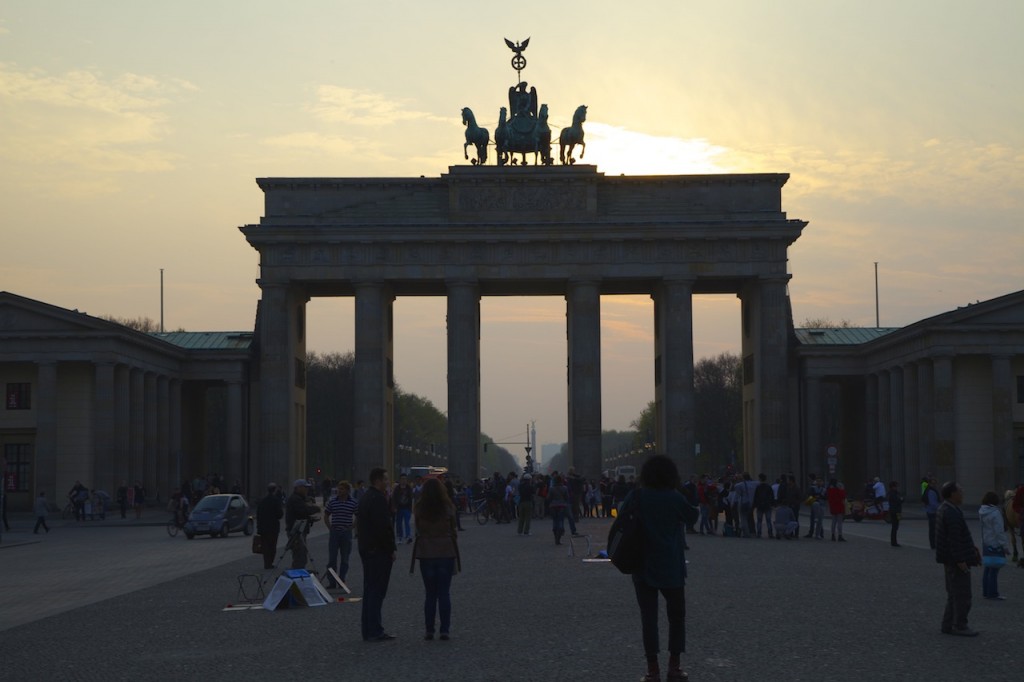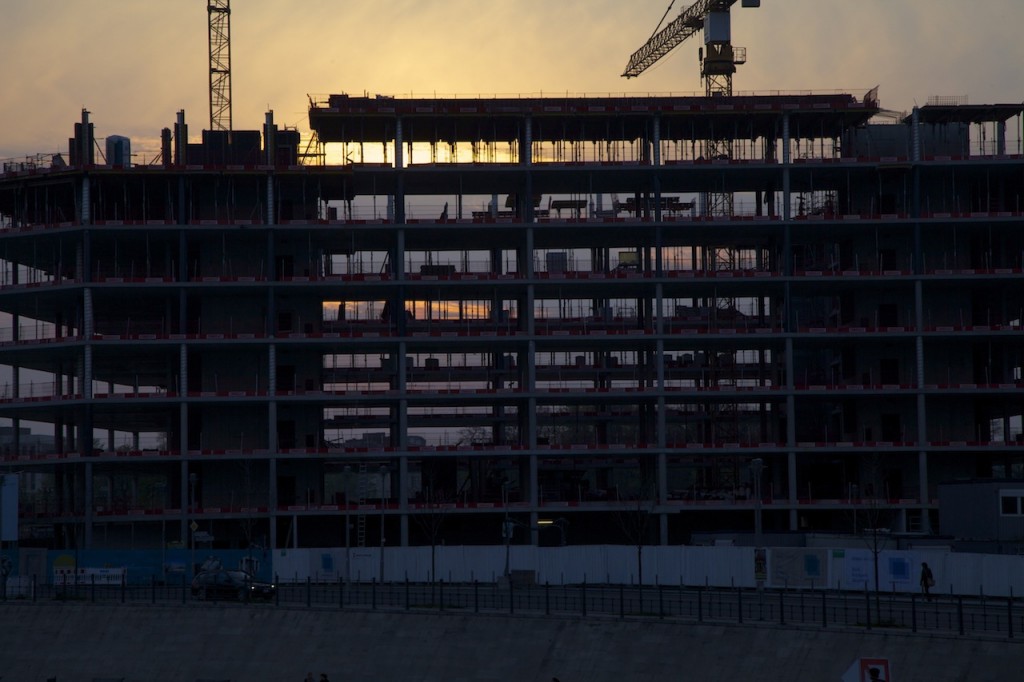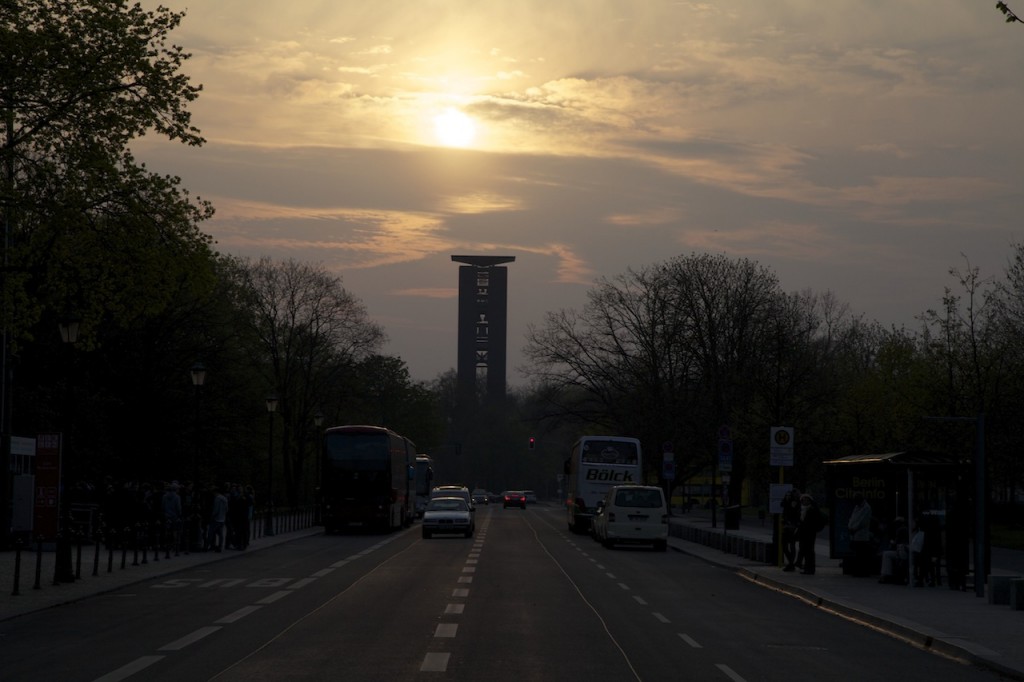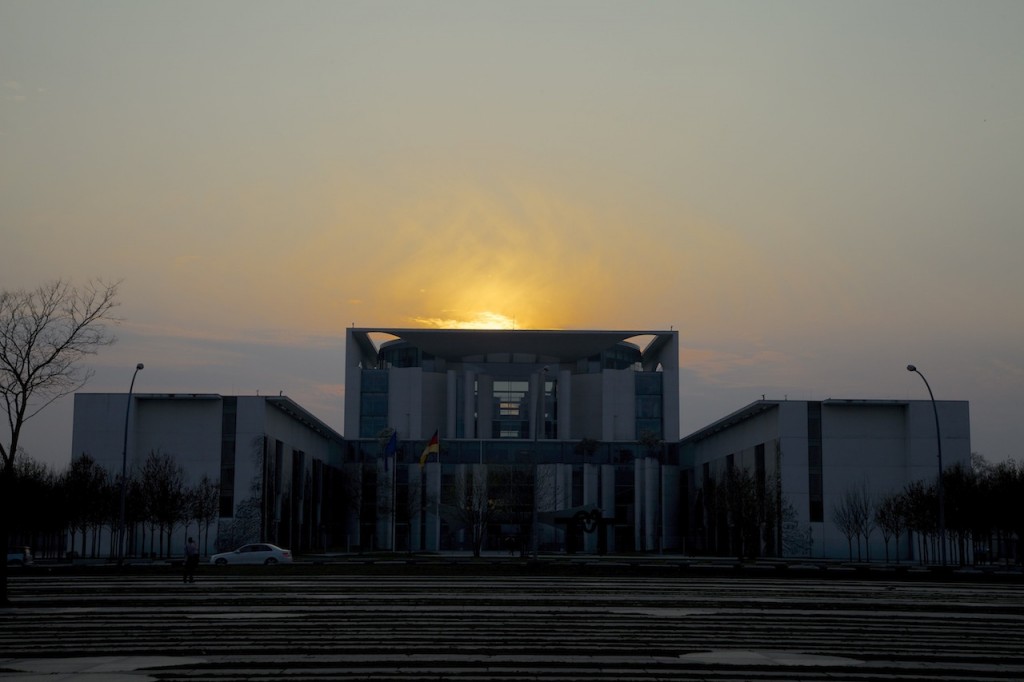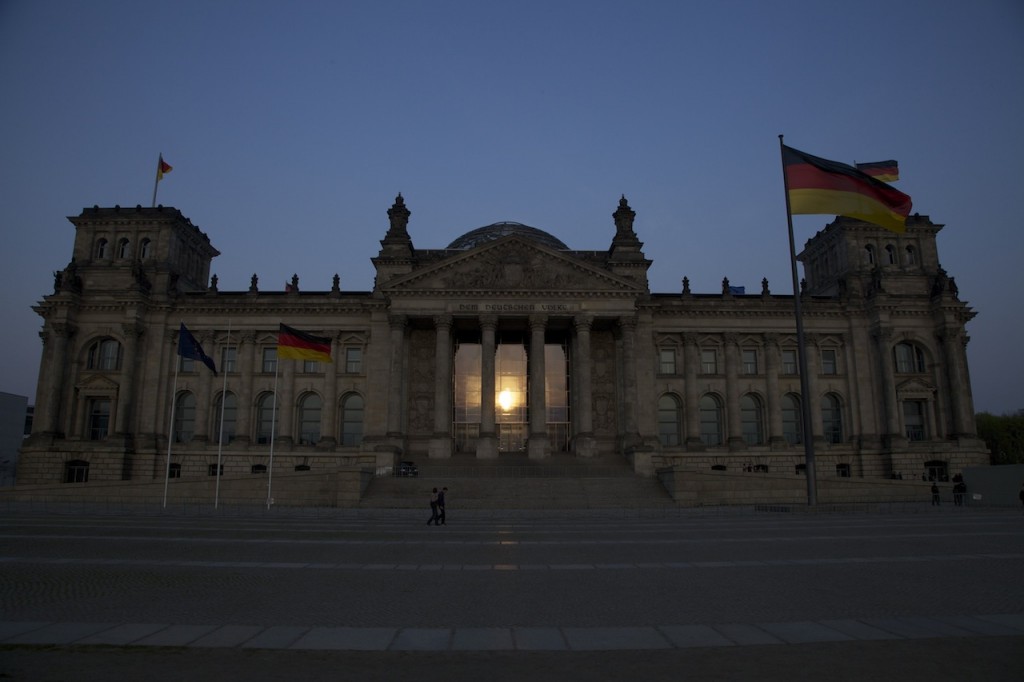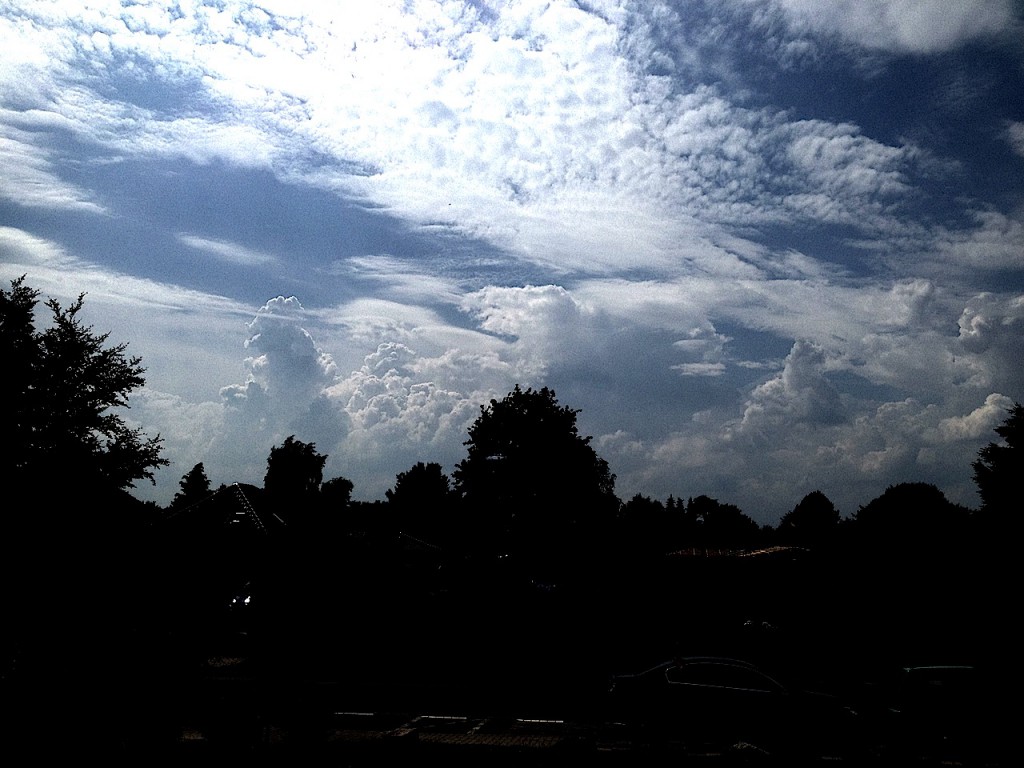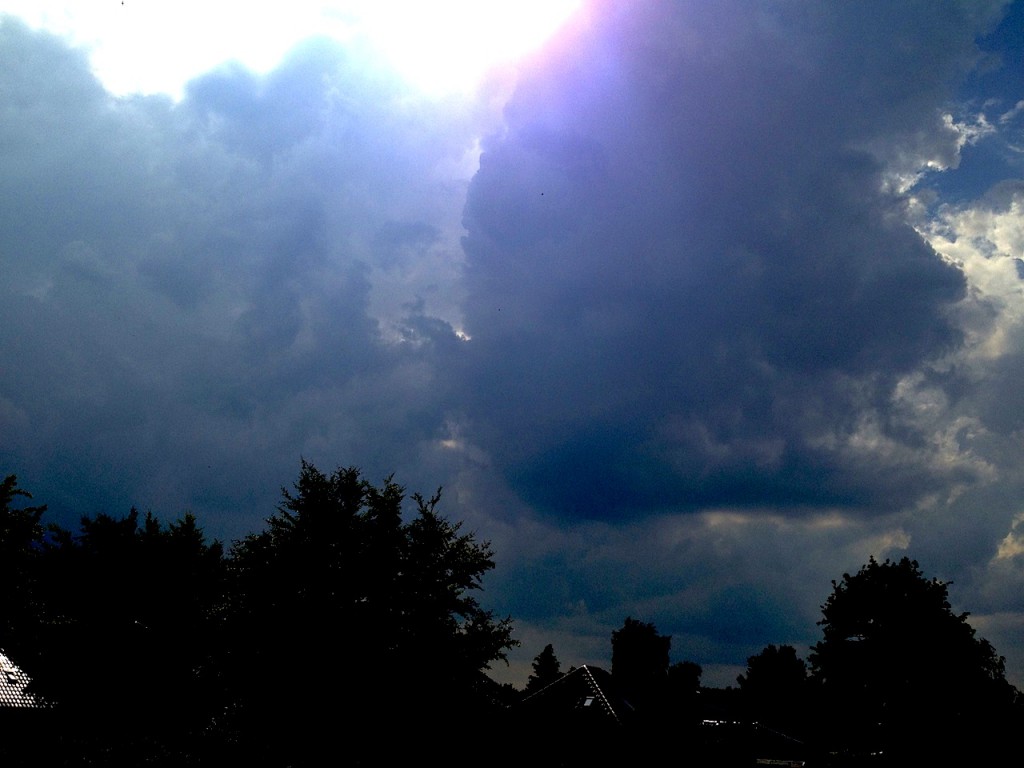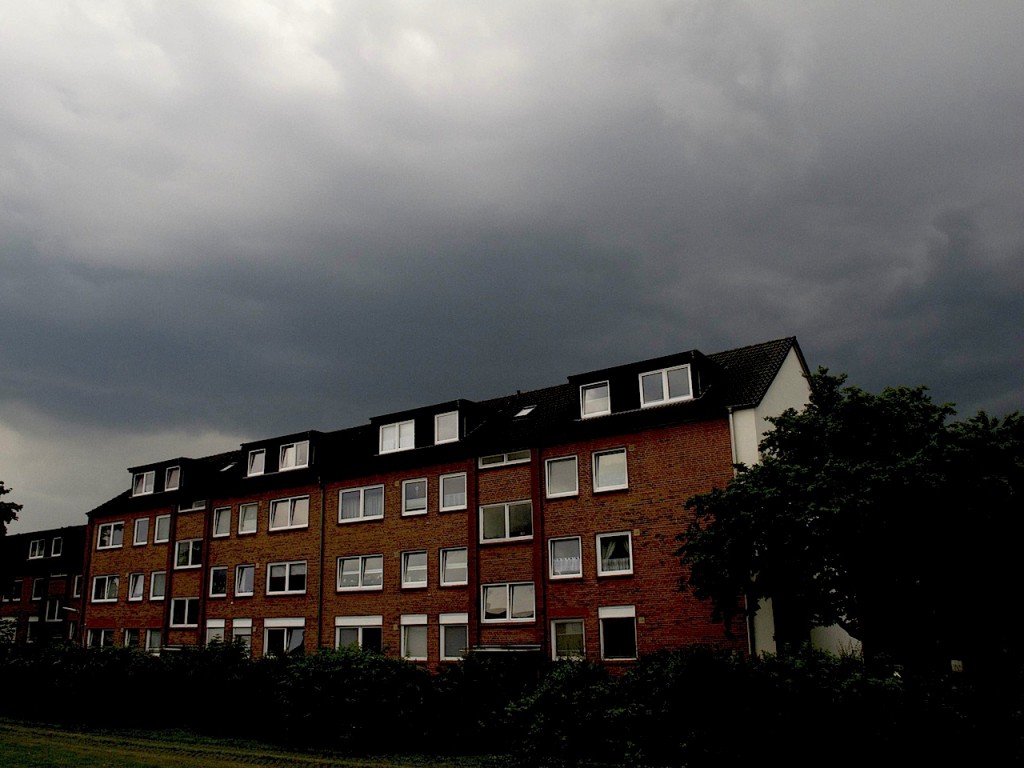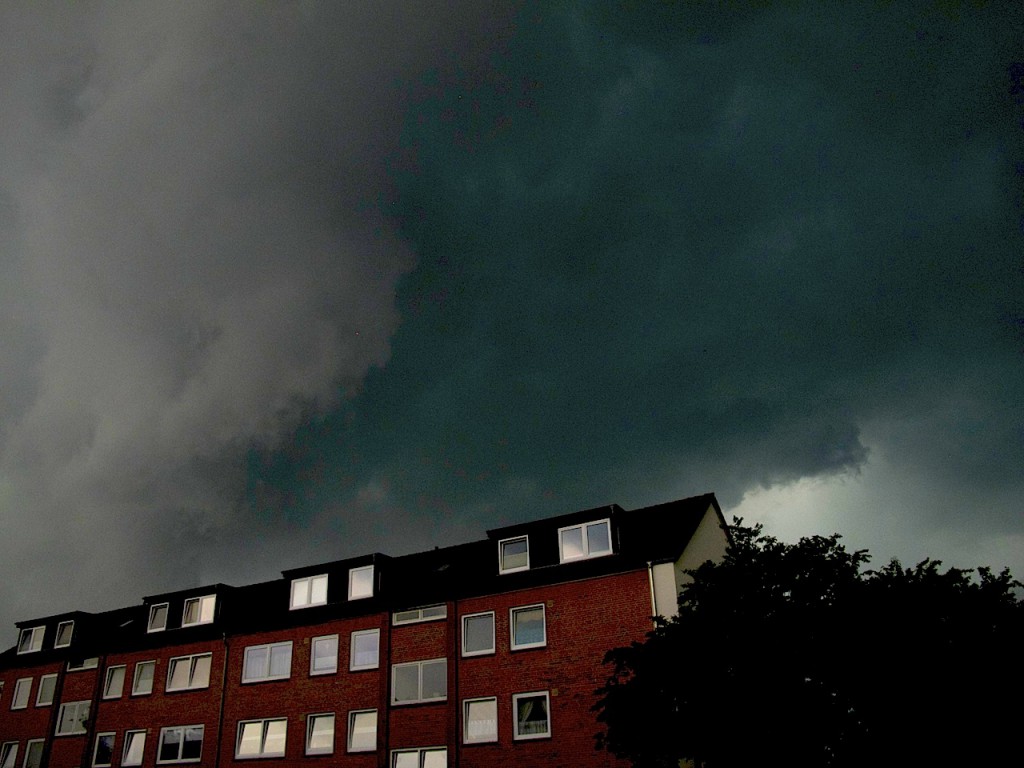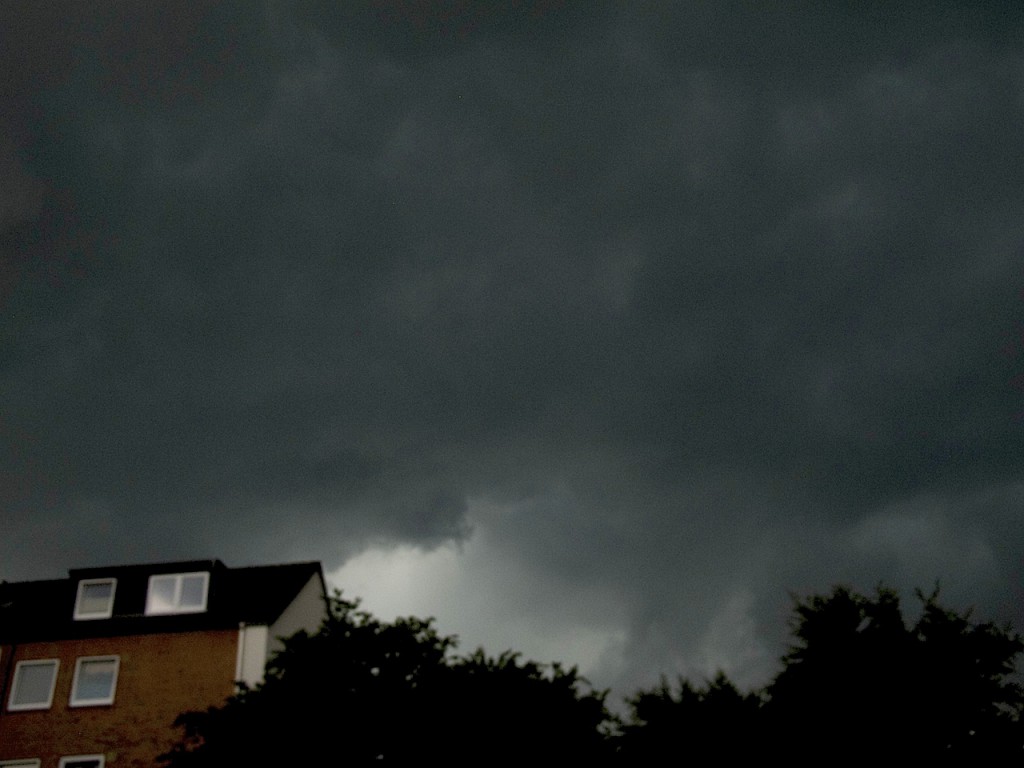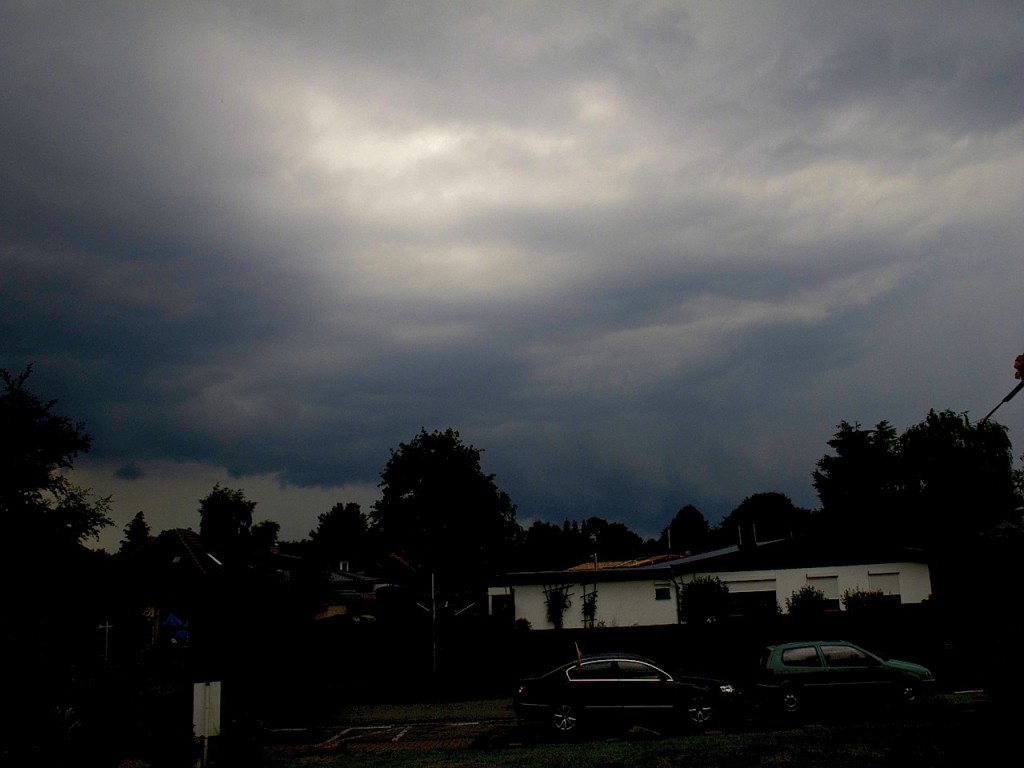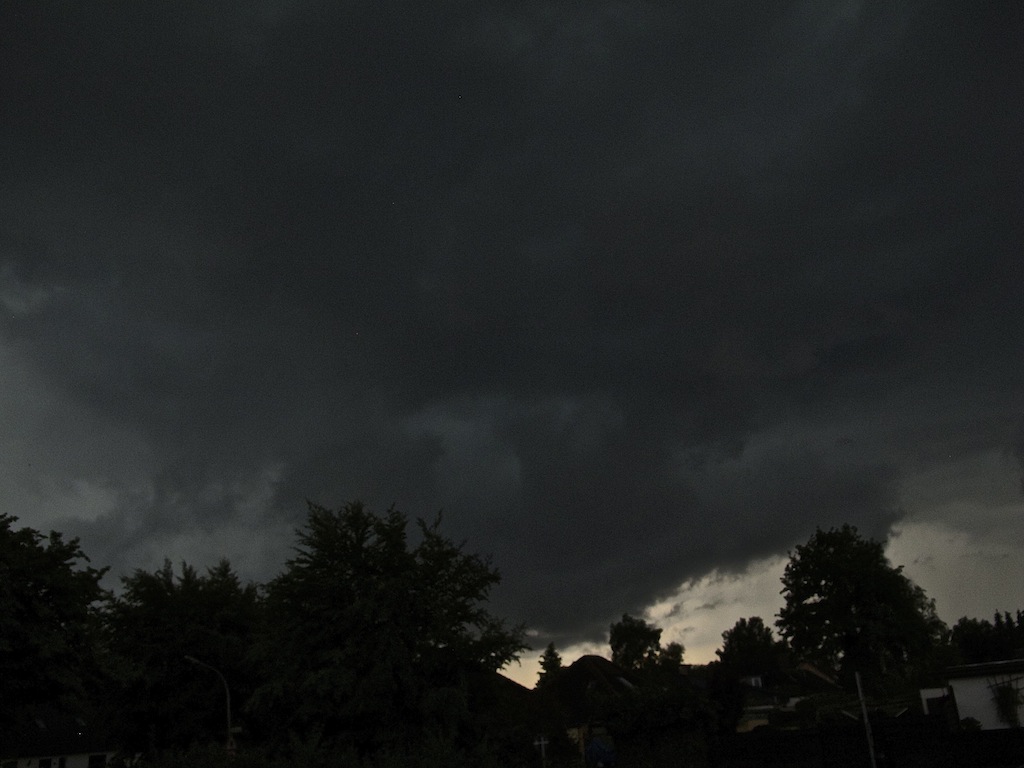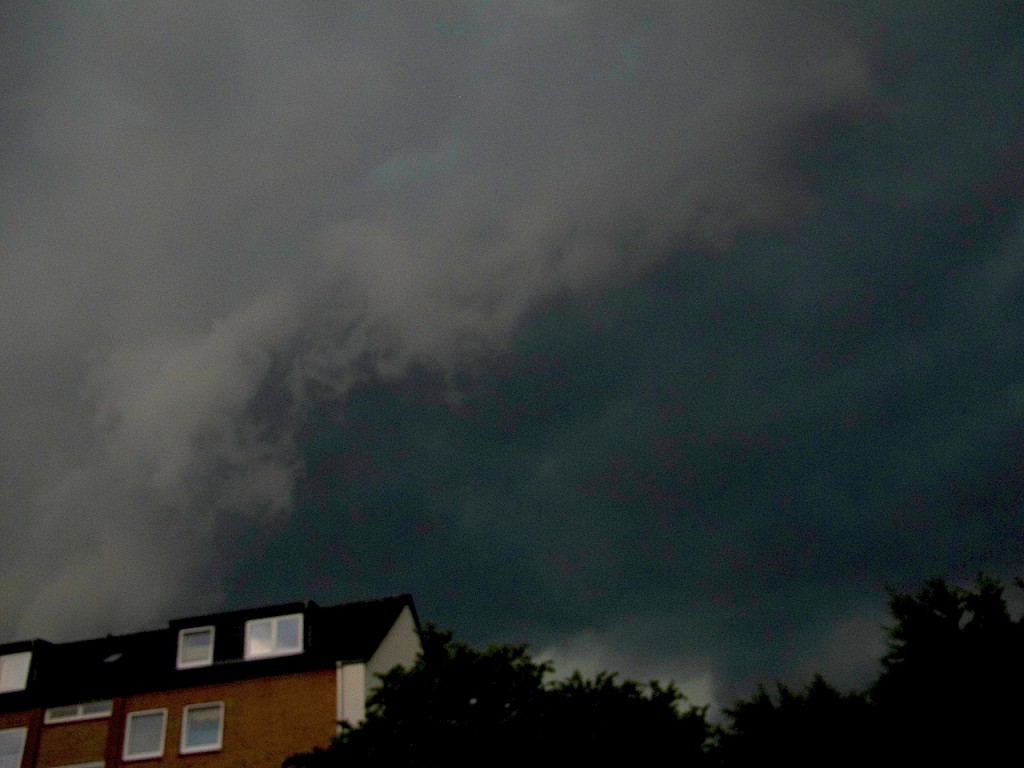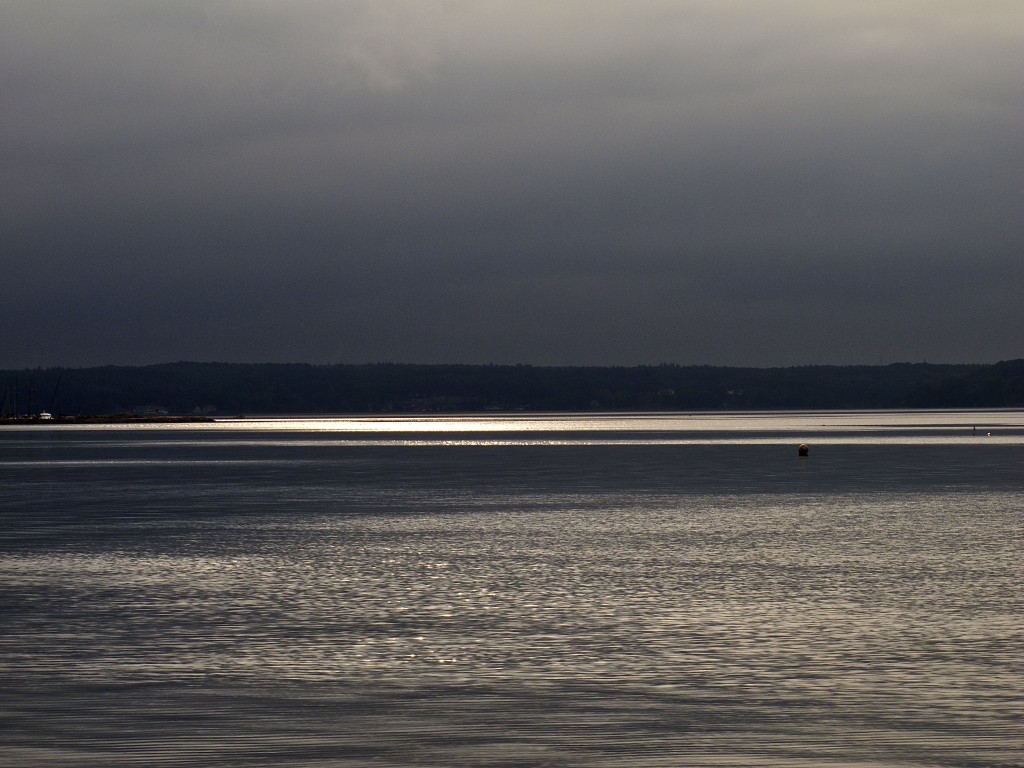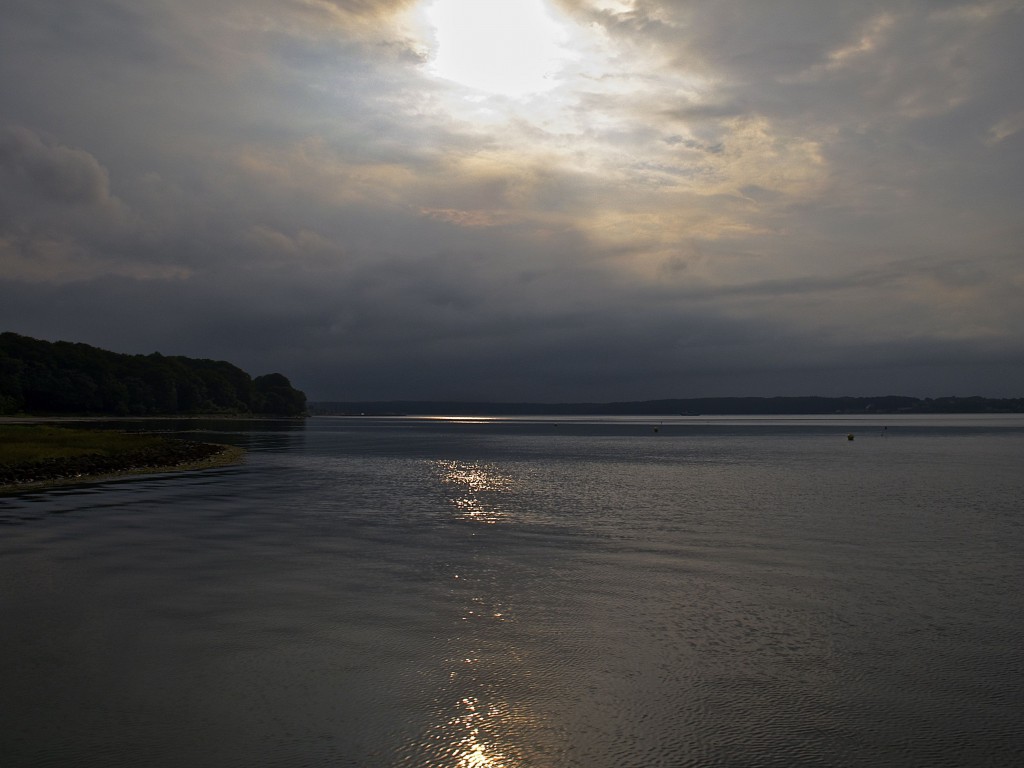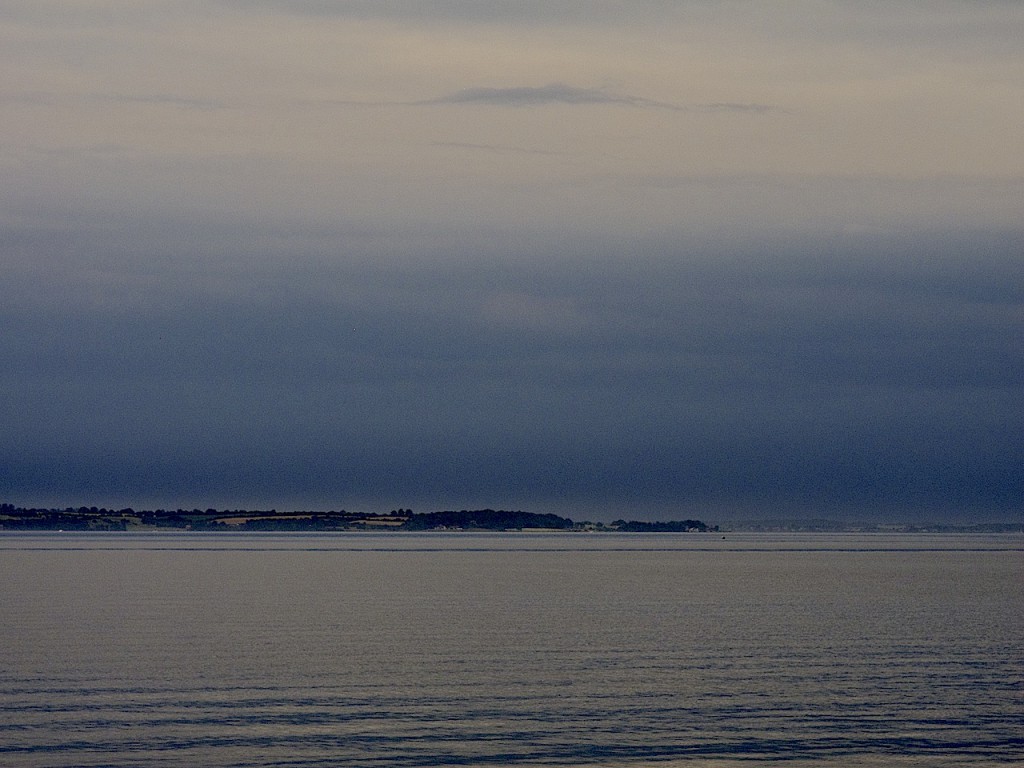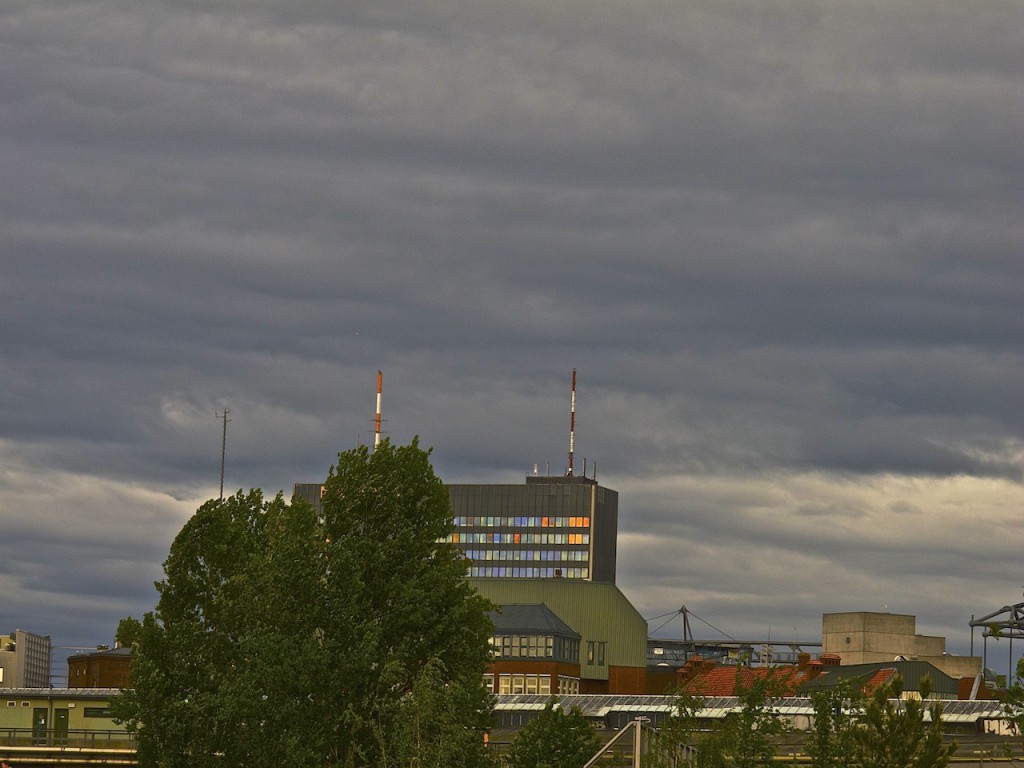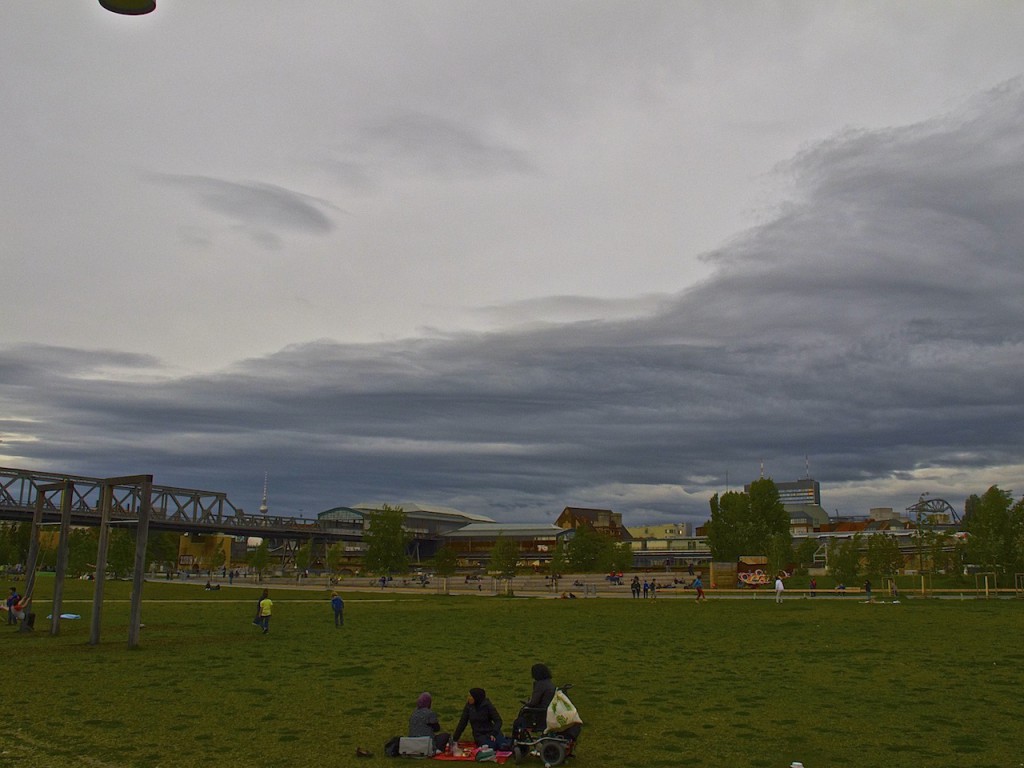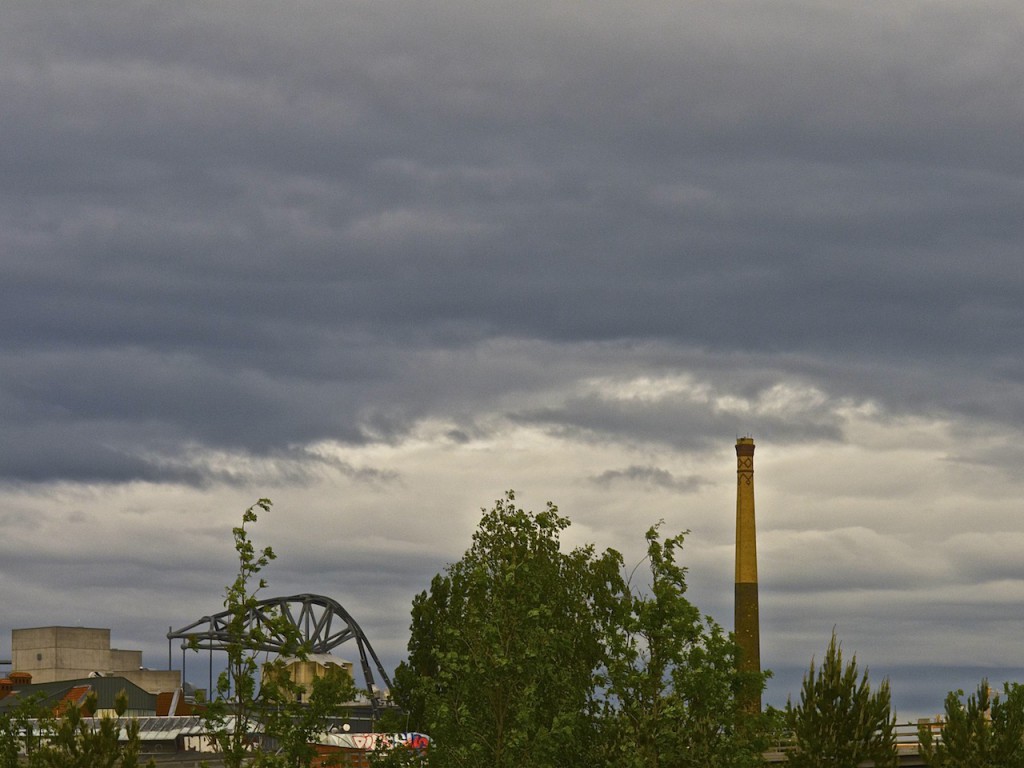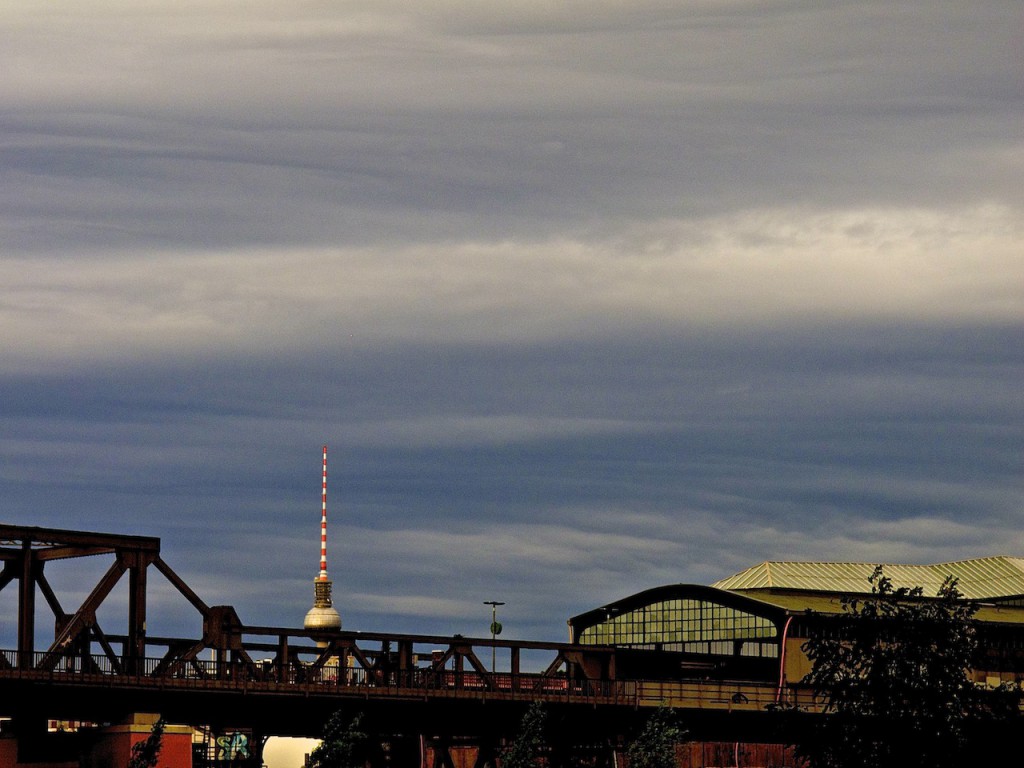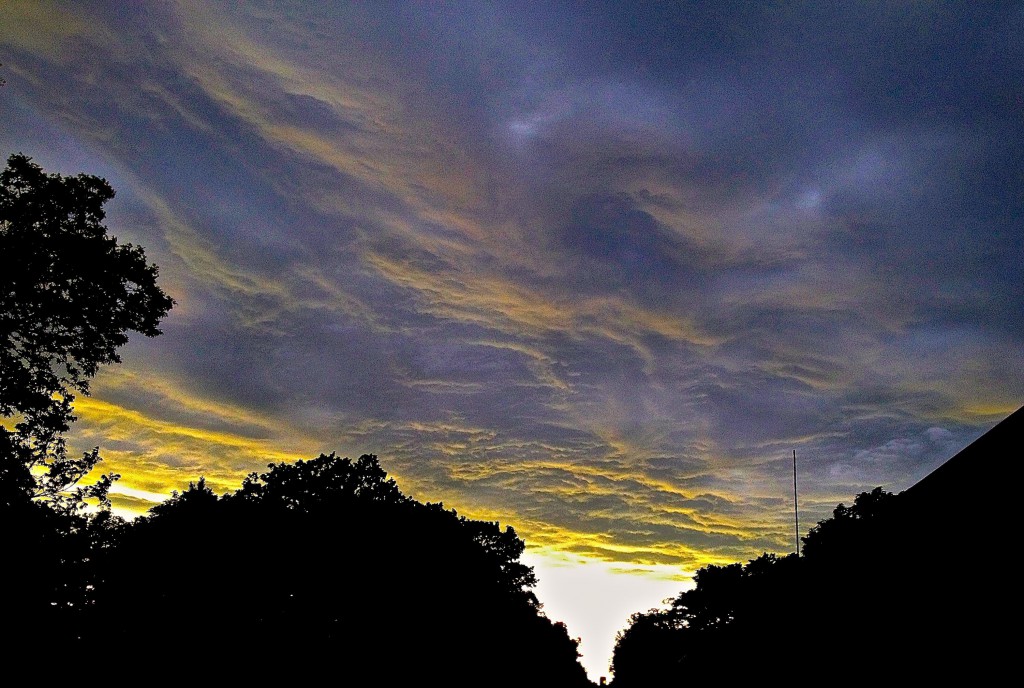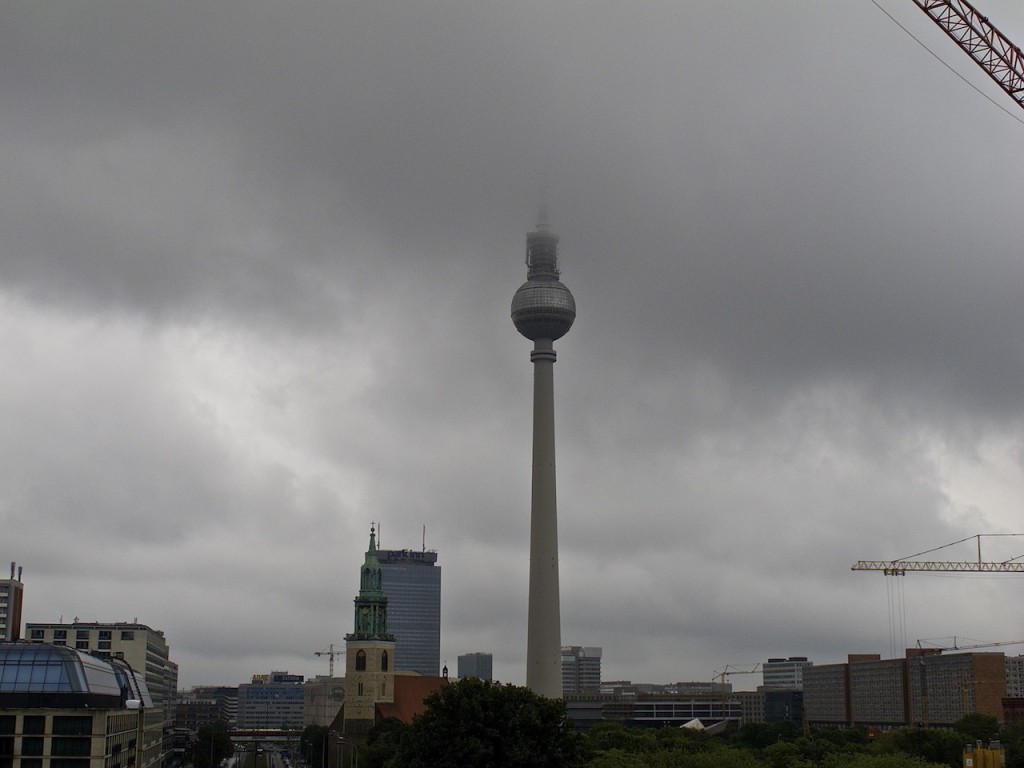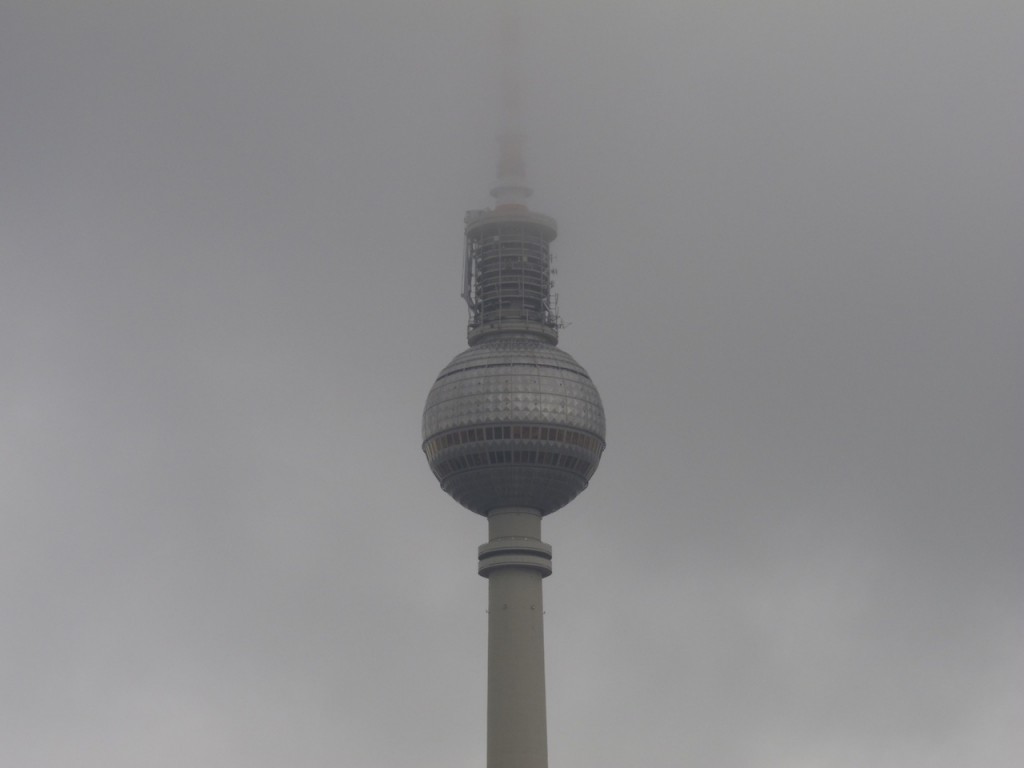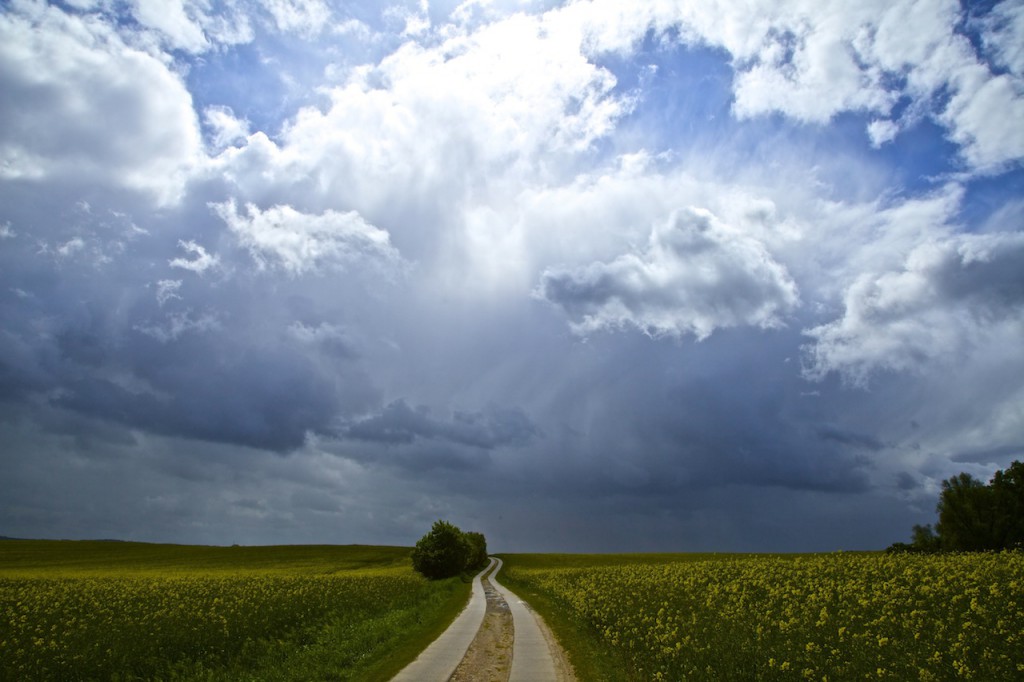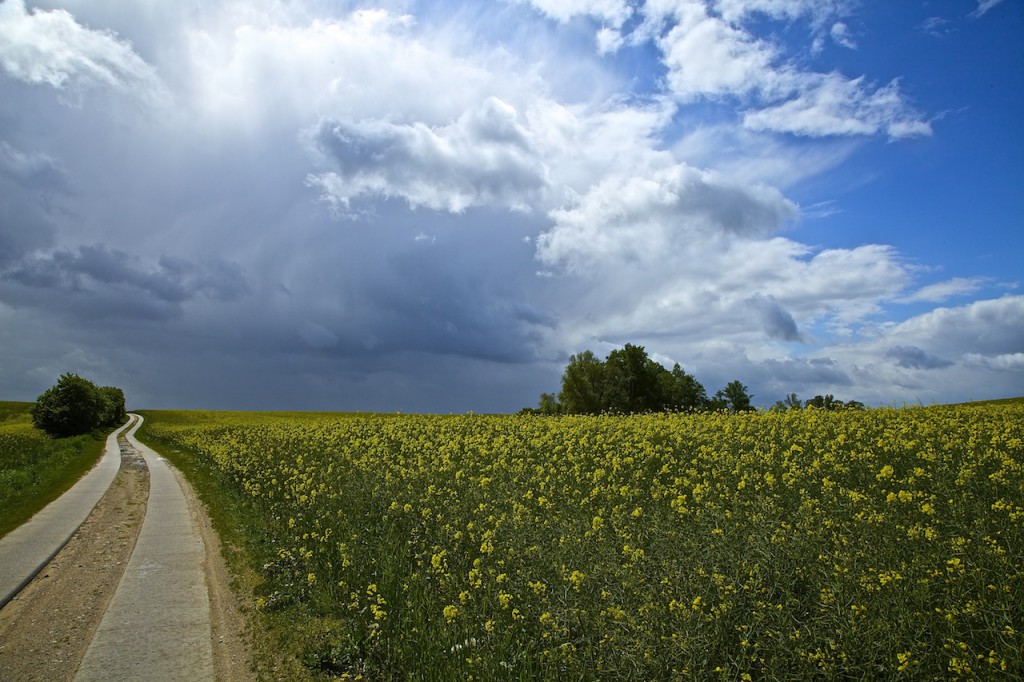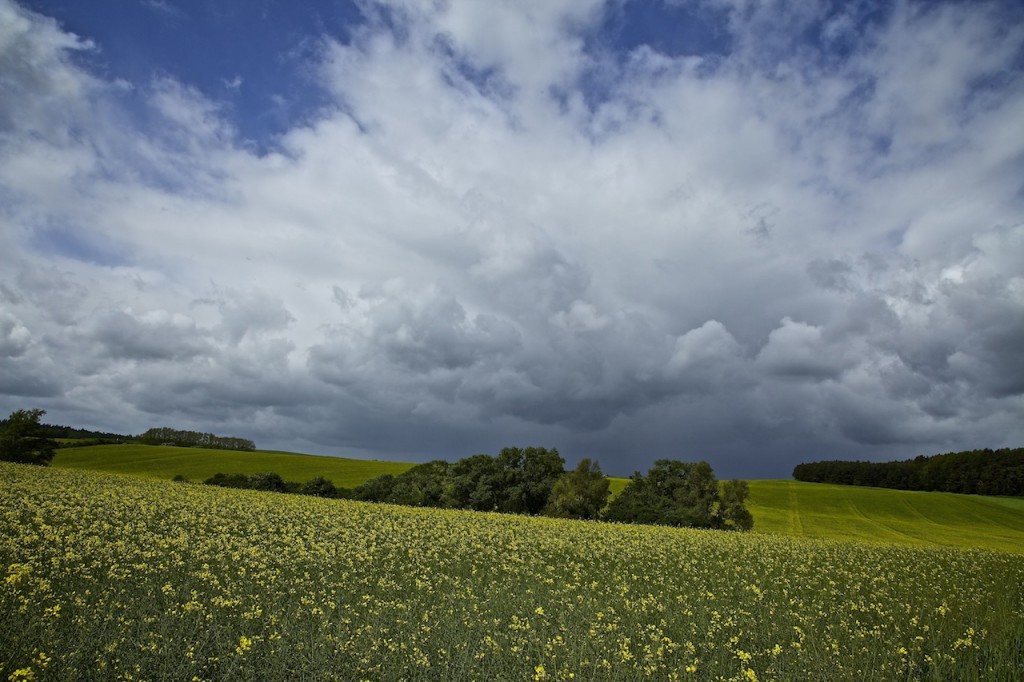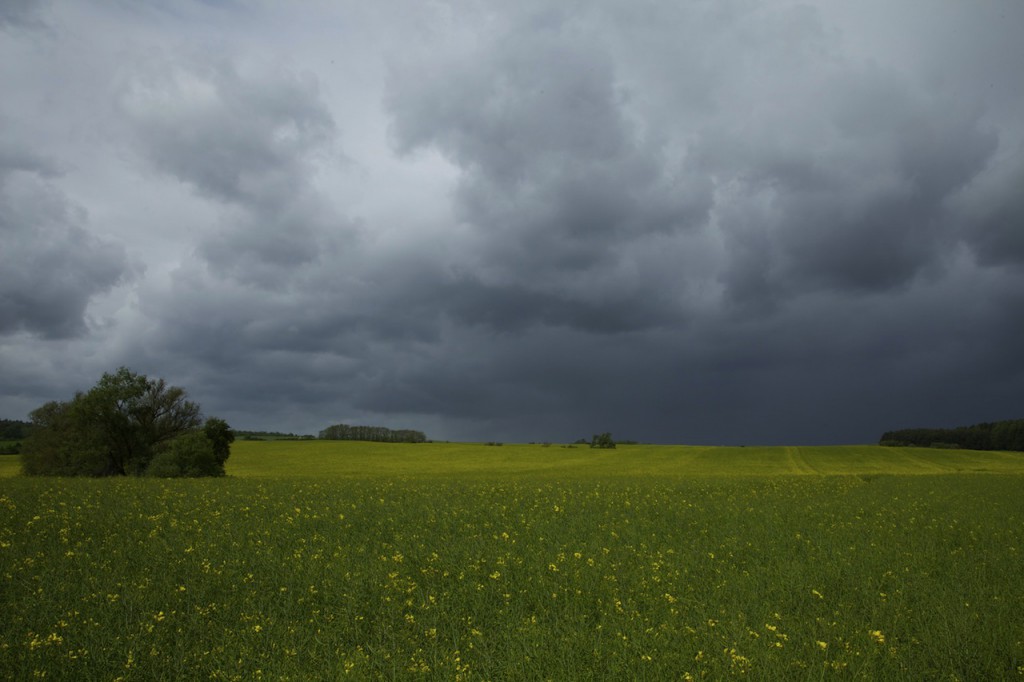The big cloud of Sahara dust over Europe and the UK reached North-East Germany during the first days of April. It created a milky and unusual sky over Berlin. Air pollution was high but not as dramatic as in London or in Paris. Interestingly the big cloud of dust made weather more unpredictable and led to many changes in the weather forecast and development of weather patterns. The sun could be only seen between a veil of clouds and slight rain appeared on Friday evening. On Saturday it was much more cloudy as predicted. Temperatures were lower beneath this thick sheet of dust and clouds in the sky. “Wetteronline”, a big weather page in Germany, said that Sahara dust is not yet integrated in weather predicting models. It’s important for the future to do further investigations about potential weather and climate changing effects of these huge dust clouds in the atmosphere. Different opinions were also issued about potential health problems caused by the dust and air pollution. It’s certainly a problem for people who have already health problems. In a BBC news report it was said that people should avoid exhausting activities outside.
The phenomena of Sahara dust over Europe is not so unusual and well known. A few years ago the phenomenon was so intense in Bavaria and in the Alps that it created a “Martian Sky” with real red colors. I still remember the unusual light Sahara sand in the atmosphere can create. It’s more like being in a sound stage with artificial light and gave me an eery feeling. There is also a German word when Sahara dust makes the snow red. It’s called “Blutschnee”. In medieval times people were afraid of this phenomenon. Today it cost me and many other people ten Euros for a car wash: On Saturday morning my car looked like I had done an expedition through Saudi-Arabia the previous night.
The question remains if such a big and long lasting cloud could be seen as something normal or does it fit in the series of strange events like the flood and many severe storms in the UK this winter.
The pictures were taken in the late afternoon and early evening of Thursday, April 2, 2014 around Brandenburger Tor in Berlin. At 7.00 pm it was already darker as usual. The cloud of dust was still there on Saturday, April 4 but then heading to the Northeast.
